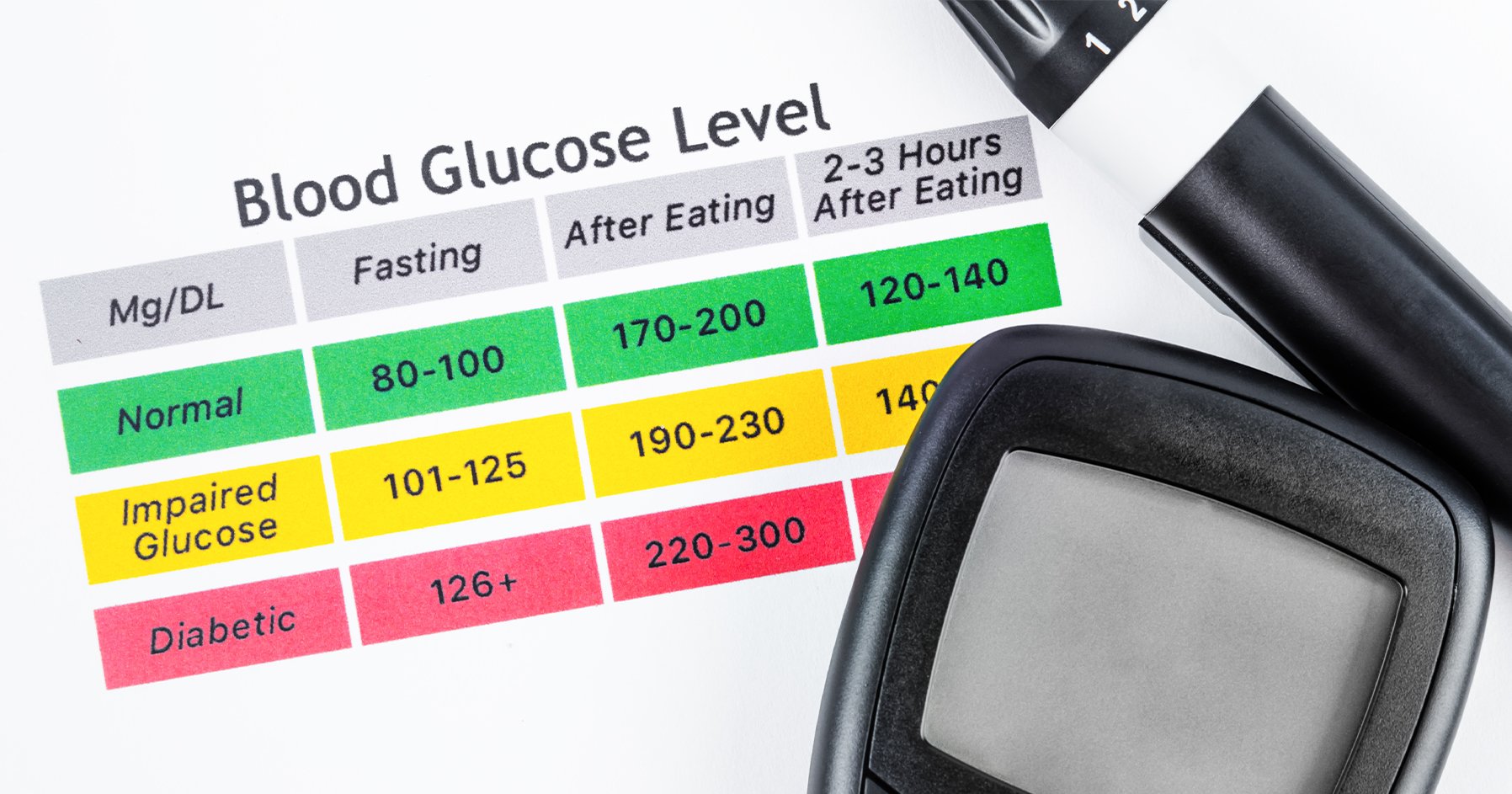
An evaluation of the monitoring records for surface water in the US has revealed that fewer than 1% of chemicals that may pose environmental risks have adequate monitoring data available. The researchers indicated that these results underscored both the limitations and future opportunities for macroscale assessments of chemical risks in the US and around the world.
The rapid influx of new chemicals into the environment has presented a substantial challenge for environmental risk assessment. To investigate how the availability of surface water monitoring data influences the understanding of chemical risks, the research team collected 112 million chemical monitoring records covering nearly 2000 chemicals, in addition to 78 million environmental records gathered between 1958 and 2019 across the United States. They subsequently correlated this monitoring data with established toxicity thresholds obtained from regulatory sources for over 170,000 chemicals.
“If you intend to assess chemicals in the environment, generally two factors should be considered,” states Ralf Schulz, an environmental scientist from the University of Kaiserslautern-Landau in Germany, who guided the study. “One aspect is the toxicity of a chemical – at what level does it inflict harm on organisms or humans. The second inquiry is … at what concentration does a chemical appear in the environment? This is what we examined in our study – we utilized an extensive monitoring data set from the US … and we questioned, what can we deduce from the monitoring data when viewed at such a macroscale?”
The examination of the data led them to several crucial conclusions. The initial conclusion is that there exists a considerable volume of chemicals for which toxicity information is available, yet no monitoring data is present. “To provide context, in the US, approximately 300,000 chemicals are regarded as environmentally pertinent, of which less than 1% are accompanied by monitoring data,” Schulz explains. “Thus, for fewer than 1% of these 300,000 do we possess both monitoring and toxicity data sufficient for risk evaluation.”
Secondly, when they combined spatial, temporal, and chemical information, they observed the US’s historical effectiveness in monitoring and managing chemicals, though recent increases in the variety of chemicals present in water systems have rendered tracking them quite difficult. “During the 1970s, [the US] excelled at monitoring heavy metals; they noted elevated levels of heavy metals and implemented measures to mitigate pollution, which proved successful,” Schulz remarks. “However, in the 2000s and more recently, the volume [of chemicals] they must monitor has escalated to such an extent that monitoring all of them has become genuinely problematic.”
Lastly, the researchers discovered that detection limits play a critical role in assessing the risks presented by certain chemicals. “[This refers to] the minimum concentration at which a chemical can be detected in the environment; for some chemicals, these levels are relatively low, allowing for effective monitoring, but for other chemicals, particularly certain insecticides – specifically pyrethroids, a modern class of insecticides used globally in agriculture – detection limits are frequently much higher than the toxicity thresholds, making it impossible to measure the required concentrations, leading to uncertainty about the associated risk.”
Unique resource
The research centered on US water pollution due to data availability, but Schulz believes the results reflect a widespread issue pertaining to chemical monitoring. “In many nations, the analytical limits for specific chemical groups are not sufficiently low … [and] this intersection of toxicity values and monitoring data, and their compatibility, represents a global concern,” Schultz remarks. “With this extensive dataset, we indeed have robust statistical and data-supported evidence affirming that the conclusions we’ve drawn, at least for the US, hold validity.”
Schulz emphasizes that moving forward, it is crucial for nations to consider which groups of chemicals are of greatest significance to them and concentrate monitoring efforts on those categories. “Some regions may be predominantly contaminated by urban or industrial chemicals, while others may be affected by agricultural practices, and others by mining … [this signifies] that resources can be allocated more effectively to investigate priority chemicals using the appropriate detection methods,” he adds.
Chunlong Zhang, an environmental scientist from the University of Houston-Clear Lake, characterizes the study as “the first of its kind to thoroughly investigate the sufficiency of our water quality monitoring (exposure) data for aquatic risk (effect) assessment.” Although he is not astonished by the findings after four decades in this field, he is surprised that a German team undertook the analysis using US data.